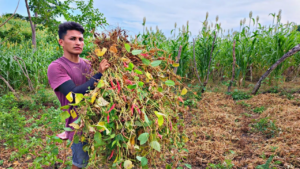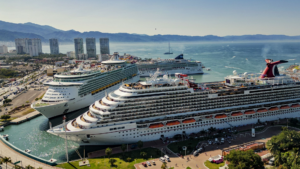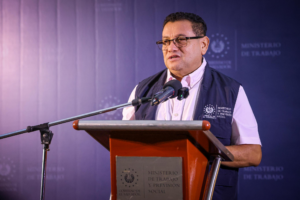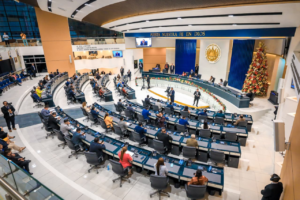
The International Monetary Fund (IMF) has proposed the implementation of the “green tariff,” a tourism tax for foreign visitors. The goal is to finance climate change adaptation and environmental protection, a crucial measure for the region’s sustainability. Unlike other taxes, the funds would be allocated exclusively to conservation projects.

In El Salvador, this proposal is particularly relevant due to the constant growth of the tourism sector. Official data show a significant increase in revenue, from US$7.4 million in 2010 to US$21.2 million in 2024. Experts point out that the green tariff could be an innovative tool for linking tourism with sustainability.

Economist Ricardo Valmore López explains that if El Salvador received 100,000 tourists per month and applied a 5% daily tax, the financial contribution would be considerable. However, he also warns of the potential disincentive effect on tourism, emphasizing the need for careful analysis before its implementation.

The most popular salvadoran destinations, such as Surf City, the Ruta de las Flores, and Lake Coatepeque, face the threat of environmental degradation. Without adequate investment, pollution and deforestation could seriously affect their attractiveness, compromising the country’s main tourism hubs.

Having dedicated resources for preventing environmental damage becomes a priority. The implementation of the green tariff could improve the livelihoods and quality of life of the general population. Countries such as Hawaii, Mexico, Canada, and Italy already implement a similar measure, demonstrating its viability.








